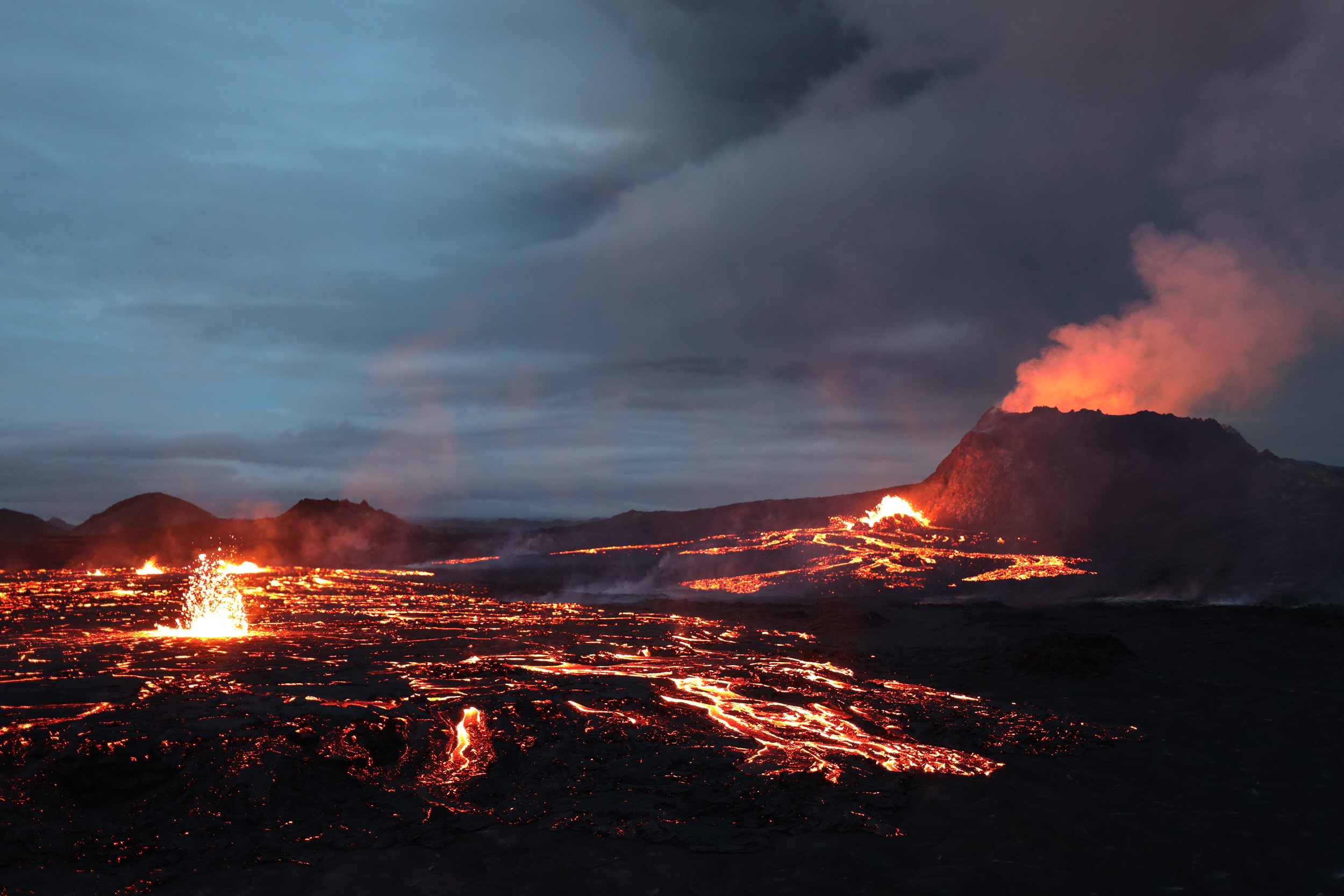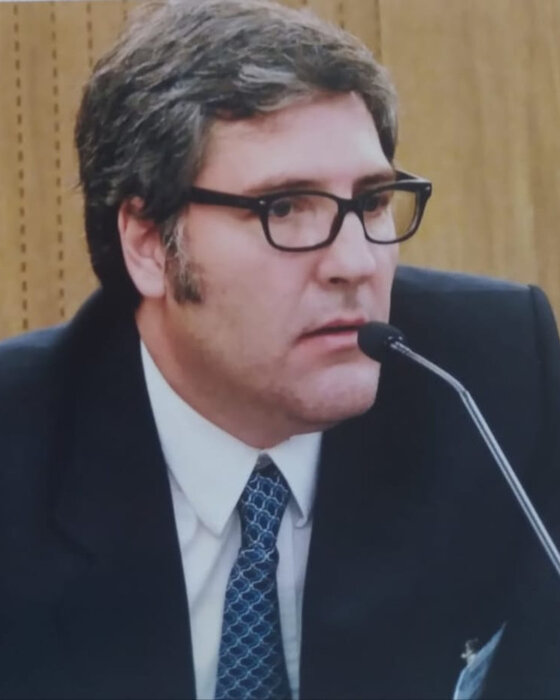

Earth Observations for Disaster Risk Management
Challenge
Disasters, including climate-related disasters, are increasing in frequency and intensity, placing immense pressure on vulnerable communities worldwide. Small Island Developing States (SIDS) and Least Developed Countries (LDCs) are particularly at risk and are already facing devastating impacts, such as storms, floods, droughts, and rising sea levels. These communities bear the brunt of climate crises, and the need for risk-informed policies and disaster risk reduction measures has never been more urgent.
Unleashing the power of innovation and technology based on Earth observations is needed more than ever. Significant reductions in fatalities and property damage can be achieved by strengthening cooperation and data sharing for satellite and surface data to manage risks posed by fires, floods, earthquakes, and other hazards. Better information, made widely accessible, leads to improved understanding of disaster risk.
Solution
EO4DRM consists of a series of disaster risk-related activities involving the use of Earth observation satellite data and its integration into standard risk management practices, including work relating to hazards, vulnerability, and exposure. This is applied across the full cycle of disaster risk reduction (DRR) and disaster risk management (DRM), as well as the two pillars of the United Nations Early Warnings for All (EW4All) initiative: Pillar 1, on disaster risk knowledge, and Pillar 2, on detection, observations, monitoring, analysis, and forecasting of hazards.
EO4DRM serves this purpose by bringing together efforts from CEOS WG Disasters (leveraging EO satellite observations), in coordination and collaboration with GEO DRR-WG and the GEO Secretariat, including support for scaling up EO technology and innovation for the implementation of EW4All. Satellite-based solutions are developed and tested in pilot (standalone activity) and demonstrator (towards sustainability and scale-up) phases in the areas of numerous natural hazards, such as floods, volcanoes, landslides, seismic events, and wildfires, as well as multi-thematic issues related to post-disaster support.
Within EO4DRM, there are six pilot and demonstrator activities in accordance with each of the thematic areas: Wildfire Pilot, Flood Pilot, Seismic Hazards Demonstrator, Volcano Demonstrator, Landslide Demonstrator, and Recovery Observatory Demonstrator. Through them, various actionable risk information is produced, such as maps on flood extent and depth, and impact assessment maps for the Post Disaster Needs Assessment (PDNA), two semi-operational products that this application focuses on. Other work on wildfire, seismic and volcanic hazards, and landslides continues to further define output products.
Intended Socioeconomic and Environmental Impact
EO4DRM’s disaster knowledge solutions have been developed in coordination and collaboration with development agencies and finance mechanisms, such as UNDP and the World Bank, with and for relevant government agencies to use as the basis for disaster risk management policy and actions. Overall, the socioeconomic and environmental impact that EO4DRM aims to create is to support the livelihoods of affected populations/governments, achieve monetary savings, and protect agricultural and environmental assets.
Similarly, improved mappings of floodwater extent and depth help users understand the level of flood inundation. Users, such as emergency management communities, receive support for their emergency operations and longer-term work on recovery planning and operations after a flooding event with improved estimates of damage and impacts.
Objectives for 2025–2030
The major objectives for 2025–2030 are improvement of existing products and user expansion.
How We Work
As mentioned above, the core team is the CEOS Working Group Disaster team, consisting of CEOS members from EO satellite agencies. The CEOS Working Group Disaster is currently chaired by CONAE. The working group meets twice a year in a hybrid format, while each team of independent thematic activities works continuously throughout the year.
Donors
Partners
GEO Members
GEO Participating Organizations
Points of Contact



